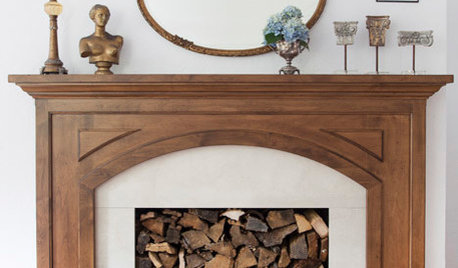Please share links/info on Poulan Chainsaws Automatic Oilers
loger_gw
13 years ago
Related Stories

HOUSEKEEPINGHow to Clean Your Washing Machine
Cleaning your washer once a month will ensure that it stays spick-and-span along with your clothes
Full Story
KITCHEN DESIGN7 Tricky Questions to Ask When Planning Your New Kitchen
Addressing these details will ensure a smoother project with personalized style
Full Story
LIVING ROOMS8 Reasons to Nix Your Fireplace (Yes, for Real)
Dare you consider trading that 'coveted' design feature for something you'll actually use? This logic can help
Full StorySponsored
Custom Craftsmanship & Construction Solutions in Franklin County
More Discussions






ewalk
loger_gwOriginal Author
Related Professionals
Maple Valley Landscape Architects & Landscape Designers · New Bedford Landscape Architects & Landscape Designers · Kyle Landscape Architects & Landscape Designers · Zion Landscape Architects & Landscape Designers · Deerfield Beach Landscape Contractors · Fort Atkinson Landscape Contractors · Fort Wayne Landscape Contractors · Hoover Landscape Contractors · South Hackensack Landscape Contractors · Diamond Bar Decks, Patios & Outdoor Enclosures · King of Prussia Decks, Patios & Outdoor Enclosures · Paradise Valley Decks, Patios & Outdoor Enclosures · Spokane Decks, Patios & Outdoor Enclosures · Springfield Decks, Patios & Outdoor Enclosures · Griffith Home Buildersewalk
loger_gwOriginal Author
ewalk